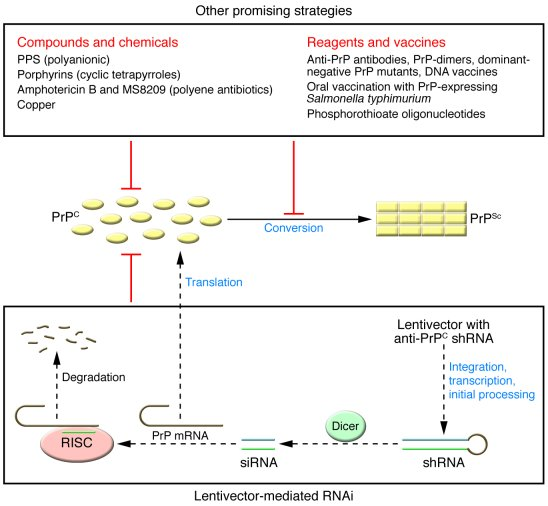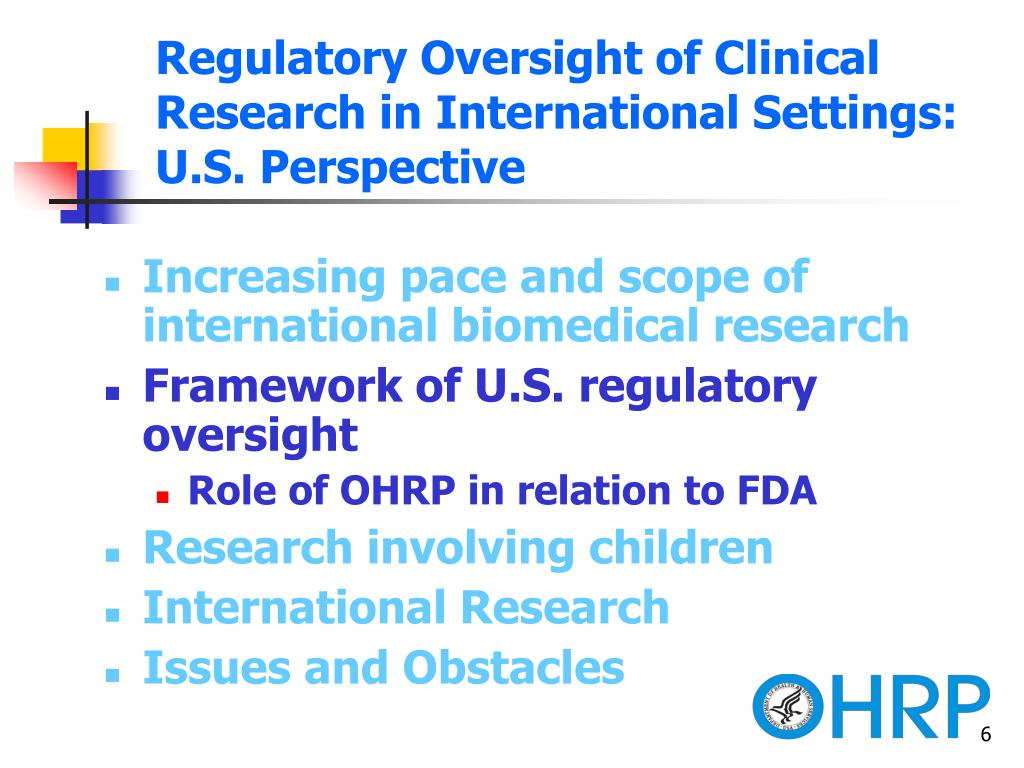
Prion disease treatment is a critical area of research, seeking solutions for rare, fatal conditions caused by misfolded proteins in the brain. Recent breakthroughs in gene editing for prion disease have sparked hope for future therapies, as researchers at the Broad Institute have demonstrated the potential of reducing harmful prion protein levels significantly. With ongoing studies and clinical trials, scientists are exploring innovative approaches, such as prion protein reduction strategies that may one day lead to effective neurodegenerative disease therapy. The journey towards viable treatments gained momentum with studies published in renowned journals like Nature Medicine, suggesting that achieving meaningful advancements in fatal familial insomnia research and related disorders is closer than ever. As the quest for a cure continues, the collaboration between patient-scientists and researchers embodies the heart of this endeavor, driving progress forward with both scientific rigor and personal conviction.
In the realm of advanced healthcare research, addressing the complexities of prion diseases—known for their irreversible and devastating effects—has become a focal point for medical scientists. This pursuit encompasses alternative terms such as transmissible spongiform encephalopathies, which highlight their pathogenic nature and associated neurodegenerative consequences. As experts delve into the genetic underpinnings of these conditions, vital investigations examine gene manipulation techniques and the restoration of proteostasis in cells. Encouraging progress in this field is underscored by active clinical trials that aim to translate laboratory innovations into real-world therapies for patients affected by fatal familial insomnia and its counterparts. The unique challenge posed by these disorders reinforces the necessity for collaborative approaches in developing potentially life-saving interventions.
Understanding Prion Diseases and Current Research
Prion diseases, a class of neurodegenerative disorders, are caused by misfolded proteins that induce abnormal folding of normal cellular proteins, leading to brain damage and dementia. Among these diseases, Creutzfeldt-Jakob disease, Gerstmann-Sträussler-Scheinker disease, and fatal familial insomnia are notable examples. Due to their invariably fatal nature, limited treatment options have made research into prion disease therapies critically important. Recent advances in genetic research, particularly those involving gene editing techniques, offer new avenues for therapeutic intervention. Notably, the promising outcomes of laboratory studies indicate that modifying specific genes related to prion protein production could lead to significant advancements in managing these conditions, paving the way for potential clinical applications in the future.
The journey towards effective prion disease treatment is beset with challenges, but recent findings underscore the importance of scientific innovation. Researchers at the Broad Institute of MIT and Harvard have demonstrated that targeted gene editing can effectively reduce the levels of harmful prion proteins in animal models, which marks a crucial step in the quest for human therapies. With approximately 15 percent of prion disease cases resulting from inherited mutations, gene editing focuses on correcting these mutations to halt disease progression. While these studies are in their early stages, they set a hopeful tone for future clinical trials designed to evaluate these therapies in human patients.
The Role of Gene Editing in Prion Disease Treatment
Gene editing, particularly through techniques like CRISPR and base editing, has emerged as a groundbreaking approach for treating a variety of genetic disorders, including prion diseases. In recent studies, researchers utilized these technologies to precisely target the mutated genes responsible for prion protein production. By altering just a single base in the DNA sequence, researchers have succeeded in halting the synthesis of these misfolded proteins, which are primarily responsible for disease progression. The implications of such findings extend well beyond the laboratory, offering a glimpse at hope for patients and families affected by these devastating conditions.
Specifically, Sonia Vallabh and Eric Minikel have become central figures in the gene editing landscape for prion diseases. Their personal experiences with fatal familial insomnia drive their determination and commitment to advancing research in this area. Through their collaborative efforts with prominent researchers, they aim to develop safe and effective therapies that could eventually transition into clinical trials. The ongoing enhancements to base editing technologies highlight a transformative potential for prion disease treatment, and show promise for reducing the burden of neurodegenerative disorders more broadly.
Fatal Familial Insomnia Research and Its Implications
Fatal familial insomnia (FFI) presents a unique challenge within the spectrum of prion diseases, as it combines genetic inheritance with severe neurodegenerative symptoms. Ongoing research into FFI not only aims to develop therapeutic strategies but also seeks to uncover the underlying mechanisms of these prion diseases. Understanding FFI informs broader studies into other neurodegenerative conditions, making it a critical focus area for researchers worldwide. Vallabh’s experience as a patient scientist amplifies the urgency and relevancy of this research, as her personal narrative adds depth to ongoing scientific discussions around potential therapies.
The implications of FFI research extend to clinical practices, as insights gathered could lay the groundwork for preventive strategies. As researchers look into the gene mutations that cause conditions like FFI, innovative therapies may emerge that not only target symptomatic relief but also focus on halting the disease’s onset altogether. Involving patient perspectives in research not only enhances scientific inquiry but creates a sense of motivation and connection that transcends the traditional laboratory setting, emphasizing the importance of community and collaboration in tackling such complex diseases.
Advancements in Prion Disease Clinical Trials
Clinical trials are integral to the process of translating scientific discoveries into viable treatments for prion diseases. The journey toward human trials post-research can be lengthy, involving numerous regulatory and safety assessments. The promising results obtained through novel gene editing technologies have heightened anticipation for forthcoming clinical trials targeted at prion diseases. Researchers emphasize the necessity of refining these techniques to ensure safety and efficacy before proceeding with human studies. The collaborative efforts amongst institutions and researchers are expected to facilitate rapid advancements in trial readiness.
As researchers prepare for the next steps in clinical trials, the challenges remain significant. Incorporating patient experiences and feedback into the study designs can enhance the relevance of these trials, ensuring they address actual needs within the patient community. The scientific community is optimistic about emerging therapies for prion diseases, as preliminary findings regarding gene editing techniques suggest they have the potential to shift the trajectory of these conditions from being solely fatal to offering avenues for meaningful treatment. Researchers remain committed to navigating upcoming milestones with both caution and enthusiasm.
The Importance of Collaboration in Prion Disease Research
Collaboration stands at the forefront of effective prion disease research, creating synergies among various disciplines and expertise. The partnership between scientists, like Vallabh and Minikel, with established researchers in genetics and neurobiology exemplifies the power of multidisciplinary approaches to tackle complex disorders. By sharing knowledge and resources, these collaborations not only drive innovative research but also enhance the prospects of developing effective therapies for prion diseases. The unity of purpose among patient-scientists and academic researchers fosters a rich environment for discovery and problem-solving.
The collective efforts of researchers from diverse backgrounds contribute to pushing boundaries in understanding prion diseases. Through shared insights, such as safe gene editing strategies and advances in clinical trial methodologies, the research community can make strides towards impactful treatments. Collaborations ensure that research remains focused on actionable outcomes and patient-centric approaches, thereby amplifying hope amongst those affected by prion diseases. As each research team contributes distinct strengths, the potential to revolutionize prion disease treatment grows clearer.
Neurodegenerative Disease Therapy and Broader Applications
The advancements in prion disease research and treatment methodologies hold significant implications not just for prion diseases but for the broader field of neurodegenerative disease therapy. The mechanisms refined through targeting prion protein production could be applicable to other conditions characterized by misfolded proteins, such as Alzheimer’s and Parkinson’s diseases. Exploring gene editing approaches in prion disease studies accelerates developments that could ultimately reshape treatments for various neurodegenerative disorders, particularly those that have long posed challenges for medical science.
The successful implementation of therapies aimed at prion diseases could pave the way for a new era of neurodegenerative treatment paradigms. Researchers are optimistic that the techniques developed, particularly in gene editing and neuroinflammation mitigation, will invigorate the search for solutions to diseases that were previously considered untreatable. By learning from the unique case of prion diseases, scientists may uncover novel mechanisms or therapeutic targets that extend beyond the current scope of understanding within neurodegenerative disease treatment.
Challenges in Developing Effective Prion Disease Treatments
Despite the exciting potential of recent research on prion disease treatment, numerous challenges lie ahead in developing safe and effective therapies. The hosting of human clinical trials involves rigorous oversight, ensuring that all safety measures are adhered to due to the infectious nature of prion proteins. Each step from laboratory research to potential clinical application has implications for safety and efficacy—an understanding that fuels the cautious optimism among researchers. Notably, delivering gene editing technologies poses its challenges, as they must target the right cells without affecting the surrounding healthy tissues.
Furthermore, ethical considerations surrounding gene editing in humans necessitate thorough discussions and guidelines to navigate the implications of such interventions. Scientists must weigh the pursuits of innovative treatment against potential risks and societal concerns about genetic manipulation. Ensuring transparency and fostering public engagement is crucial as researchers navigate these complexities, aiming to establish a solid foundation for responsible progression in prion disease therapies.
The Future of Prion Disease Therapies
Looking ahead, the future of prion disease treatment is characterized by a blend of hope and uncertainty as researchers forge onward with innovative approaches. The integration of advanced gene editing techniques and a greater understanding of molecular mechanisms opens new doors for developing therapies that effectively combat these devastating conditions. Collaborations within the scientific community will continue to play a pivotal role in ensuring that advancements proceed at a rapid pace, with the ultimate goal of reaching clinical trials that can bring these therapies to those in need.
As researchers balance the excitement of new findings with the practical realities of clinical application, the importance of patient advocacy and involvement remains front and center. The voices of those affected by prion diseases can guide research directions and therapeutic priorities, ensuring that scientific endeavors remain grounded in real-world needs. With continued investment in research and discussions around the ethical implications of treatments, there is optimism that prion disease therapies will contribute not only to treating those currently affected but also towards preventing future cases.
Frequently Asked Questions
What recent advancements have been made in prion disease treatment using gene editing?
Recent research has shown promising advancements in prion disease treatment through gene editing. A study published in *Nature Medicine* demonstrated that a single base modification in the gene responsible for producing harmful prion proteins could reduce their levels by half in mice brains, leading to a 52% increase in lifespan. This research aims to pave the way for clinical trials targeting prion diseases such as Creutzfeldt-Jakob disease and fatal familial insomnia.
Are there any ongoing clinical trials for prion disease treatment?
Yes, there are ongoing prion disease clinical trials that focus on innovative therapies such as gene editing. While human trials are not yet underway, researchers are actively working on refining methods to deliver genetic modifications effectively. Their goal is to make prion disease treatment viable, potentially transforming the outlook for patients suffering from these rare and fatal neurodegenerative conditions.
How does prion protein reduction contribute to treating prion diseases?
Prion protein reduction is a critical strategy in treating prion diseases. By decreasing the levels of misfolded prion proteins, which are responsible for brain damage and neurodegeneration, researchers hope to halt disease progression. Recent studies using gene-editing technology have successfully achieved significant reductions in prion protein synthesis, indicating potential pathways for developing effective therapies.
What role does research on fatal familial insomnia play in prion disease therapy?
Research on fatal familial insomnia has been instrumental in prion disease therapy development, as it exemplifies the types of inherited mutations that lead to prion diseases. The personal experience of researchers such as Sonia Vallabh, who carries the genetic mutation, provides unique insights into the urgency of finding effective treatments. This research informs broader strategies for addressing various prion diseases through gene editing and other therapeutic approaches.
What is the potential timeline for human trials in prion disease treatment?
The timeline for human trials in prion disease treatment remains uncertain but could span several years. Current efforts focus on refining gene-editing technologies and ensuring safe delivery methods to effectively reduce prion proteins. Researchers emphasize that although significant milestones have been achieved, further studies and safety evaluations are necessary before initiating clinical trials.
How are patient-scientists contributing to prion disease treatment research?
Patient-scientists like Sonia Vallabh and Eric Minikel play a crucial role in prion disease treatment research. Their personal experiences with fatal familial insomnia motivate their work and help bridge the gap between laboratory research and patient needs. This unique perspective enhances collaborative efforts and drives the urgency for effective therapies, ultimately benefiting the wider community affected by prion diseases.
| Key Points | Details |
|---|---|
| Research Overview | Promising gene-editing therapy for prion diseases has been developed. |
| Significance of Research | Results show a 50% reduction of harmful proteins in mice brains, extending lifespan by 52%. |
| Personal Connection | Sonia Vallabh, a researcher and patient, has a direct link to prion disease through her family. |
| Current Stage in Research | Many steps remain before human trials can begin, but the research is promising. |
| Collaborative Effort | Involvement of various experts enhances the research process. |
| Future Steps Needed | Refining the gene editing technique and improving safety measures. |
Summary
Prion disease treatment is a rapidly evolving field, and recent research offers hope for potential therapies. The dedication of patient-scientists like Sonia Vallabh and Eric Minikel exemplifies how personal experiences fuel scientific discovery. Their collaborative efforts, combined with innovative gene-editing techniques, pave the way for significant advancements in combating these rare and fatal conditions. Although there are many challenges ahead before human trials can commence, the promise shown in laboratory studies marks an exciting chapter in the pursuit of effective treatments for prion diseases.






